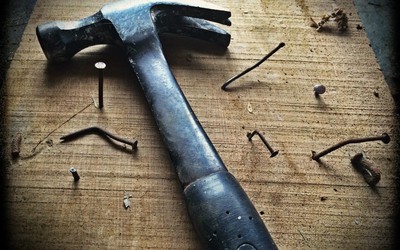Bone Crushing Openings 2
The Tarrasch Defense and the IQPUnlike 1.e4 e5, where everything hangs by a tempo and a slight misstep gives Black at least equality, the Queen's Gambit ensures White has lasting pressure. One of the best ways to force White to take a more active role is the Tarrasch Defense, where just like in the open systems Black can take over the initiative after a single sluggish move. Even in White's best lines, Black's active pieces give good compensation and especially below master level I think Black's position is easier to play.
The Tarrasch leads to positions with an isolated queen pawn (IQP), where theory is less important than understanding how to play these positions. Look for an opportunity to push the isolated queen pawn. This increases the activity of the pieces. I recommend the classic Isolated Pawn by Adrian Mikhalchishin.
Here are two great examples of play with the IQP, starting with beautiful diagonal movement:
Even with less material on the board:
Quick Start to the Tarrasch Defense
I discuss three variations. Since the Tarrasch is not that popular, most players just play the main line with 6.g3. This was actually developed by Rubinstein a hundred years ago and is still considered the best test. The second line 4.e3 is also extremely common. The third line I included is 5.dxc5 since that is most forcing.
Further reading is meeting 1.d4 by Aagaard and Lund from 2002, and Keilhack's book is excellent as well (but it is in German).
One of my games:
Bonus Game that shows the explosive power in IQP positions:
IQP Positions
Just like an understanding of open games is essential for understanding all positions, in particular the decision of when to use a pawn break to open the position, an understanding of IQP structures is also essential for understanding many openings and middlegames. Playing with an IQP provides a lesson in making your pieces active as well as the transformations that can occur in pawn structures, such as hanging pawns.
More blog posts by thedeadlights

Bone Crushing Attacks
Artistry from Nodirbek: beautiful attack with two knights
Bone Crushing Attacks 4
Stockfish passes the Turing test with a savage takedown in 26 moves.
Bone Crushing Moves 4
A young grandmaster shows more fighting spirit than a super GM